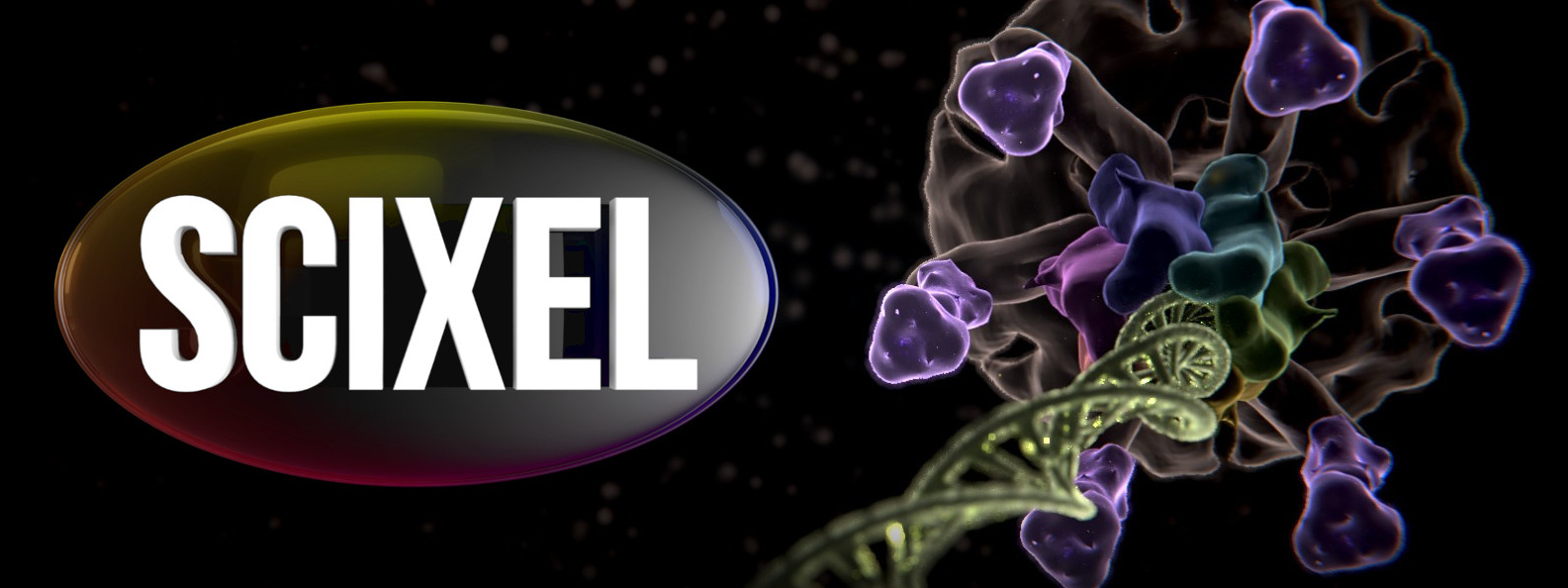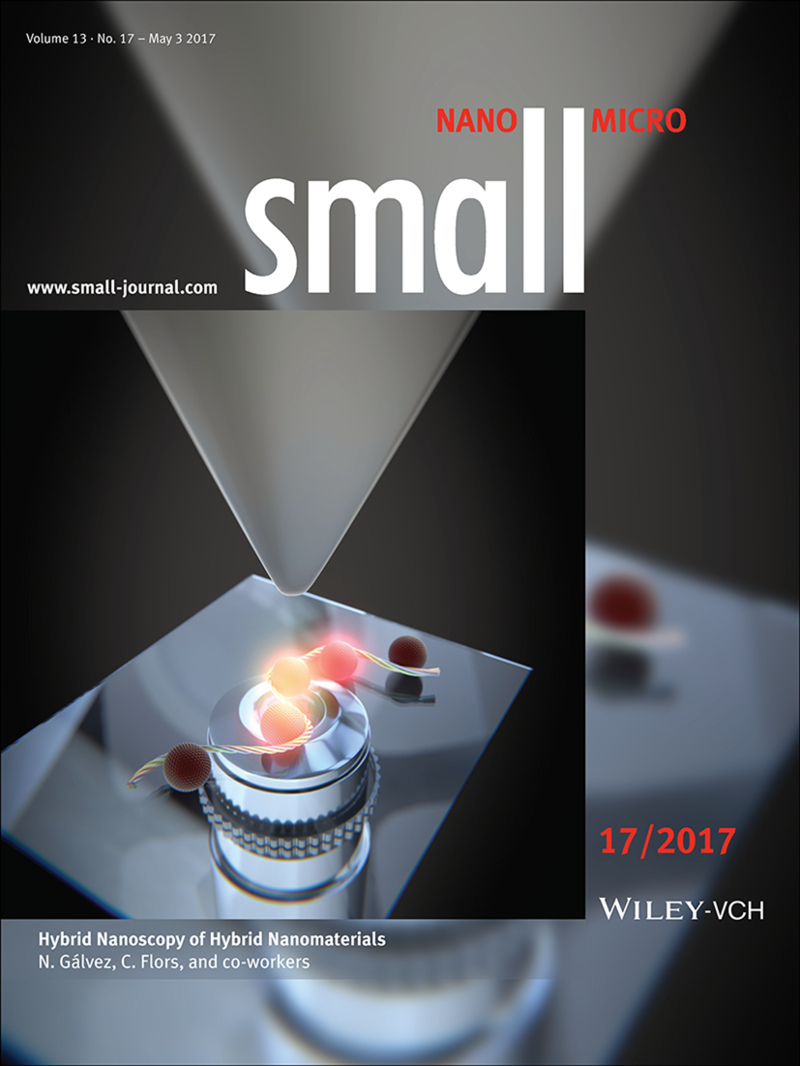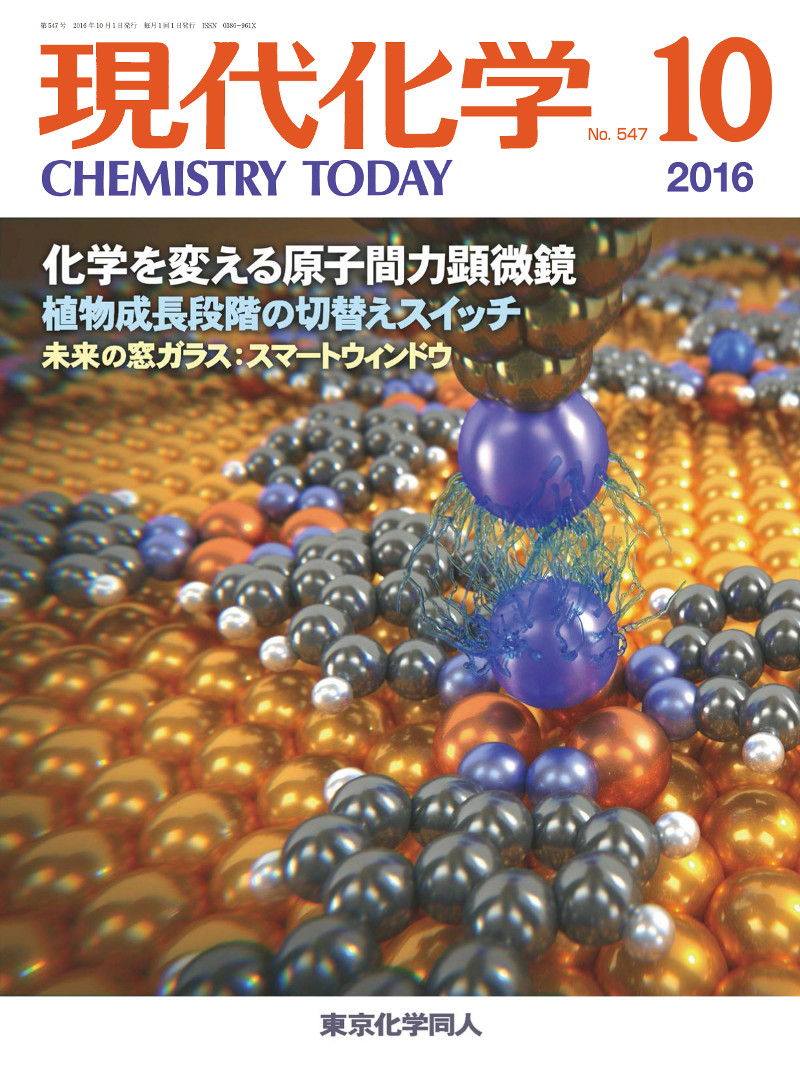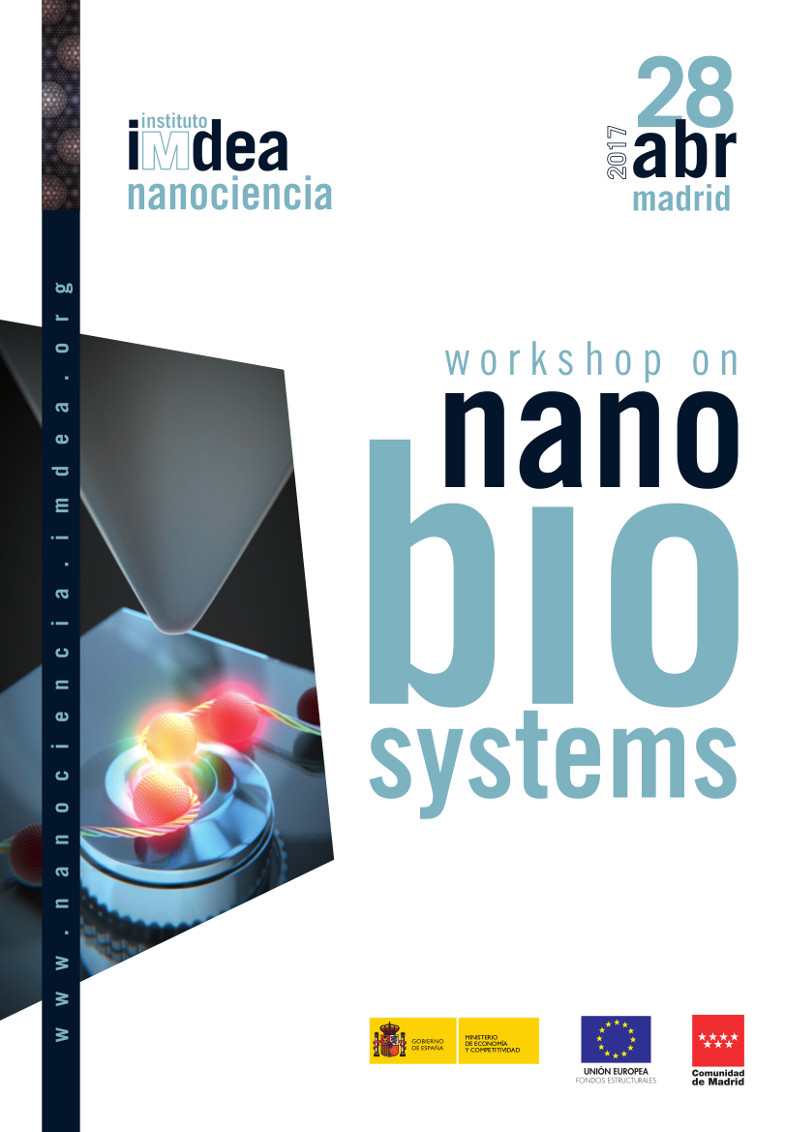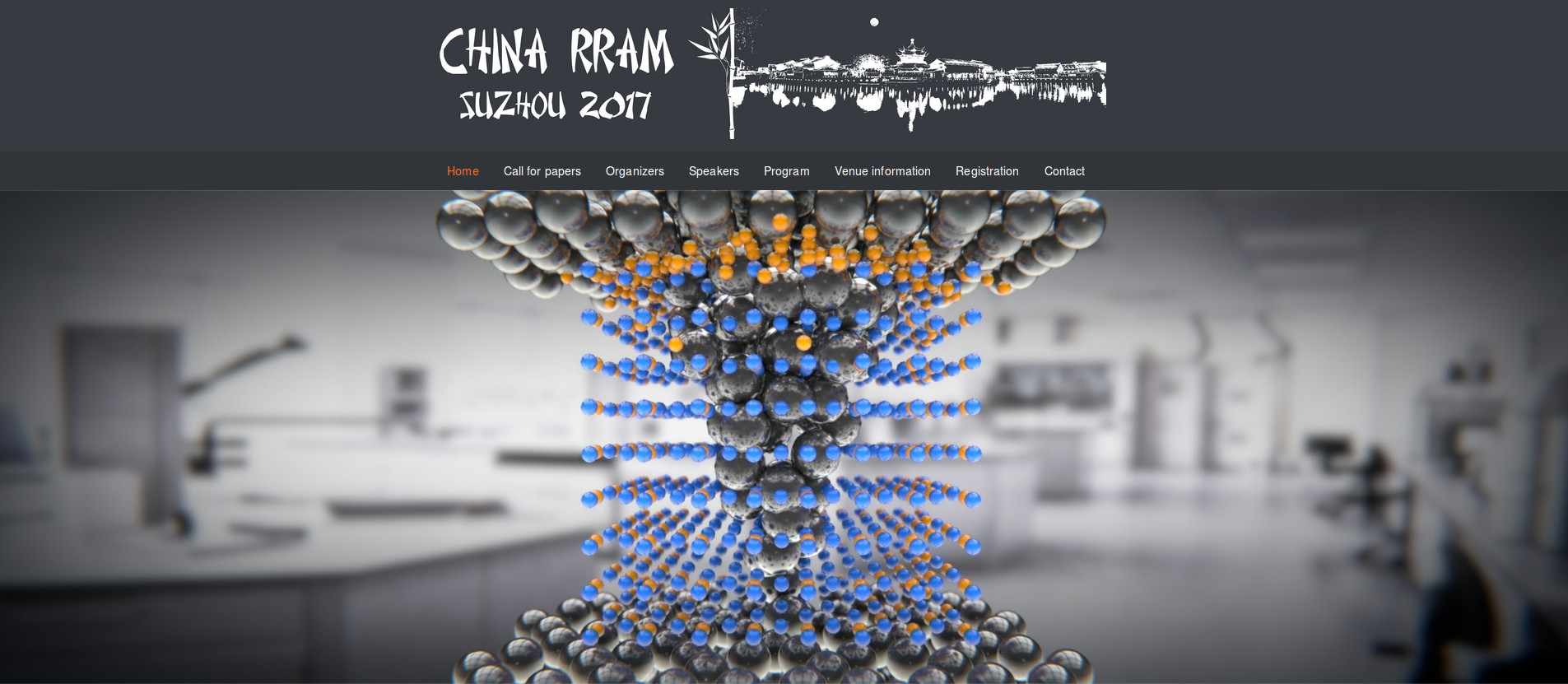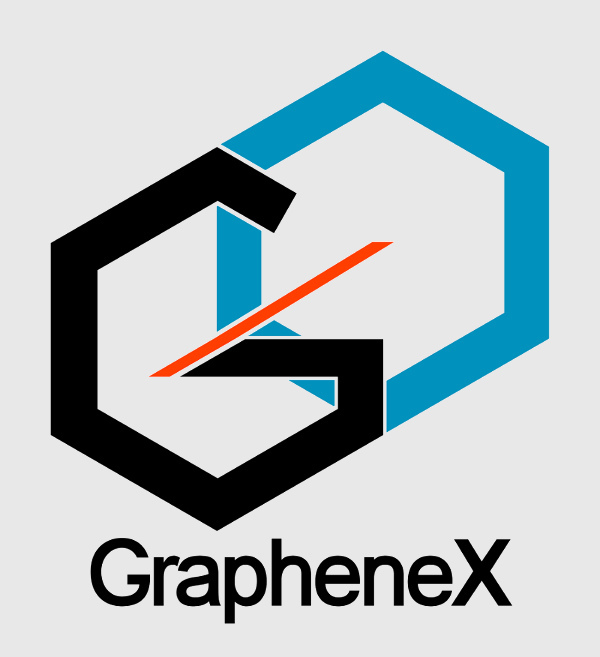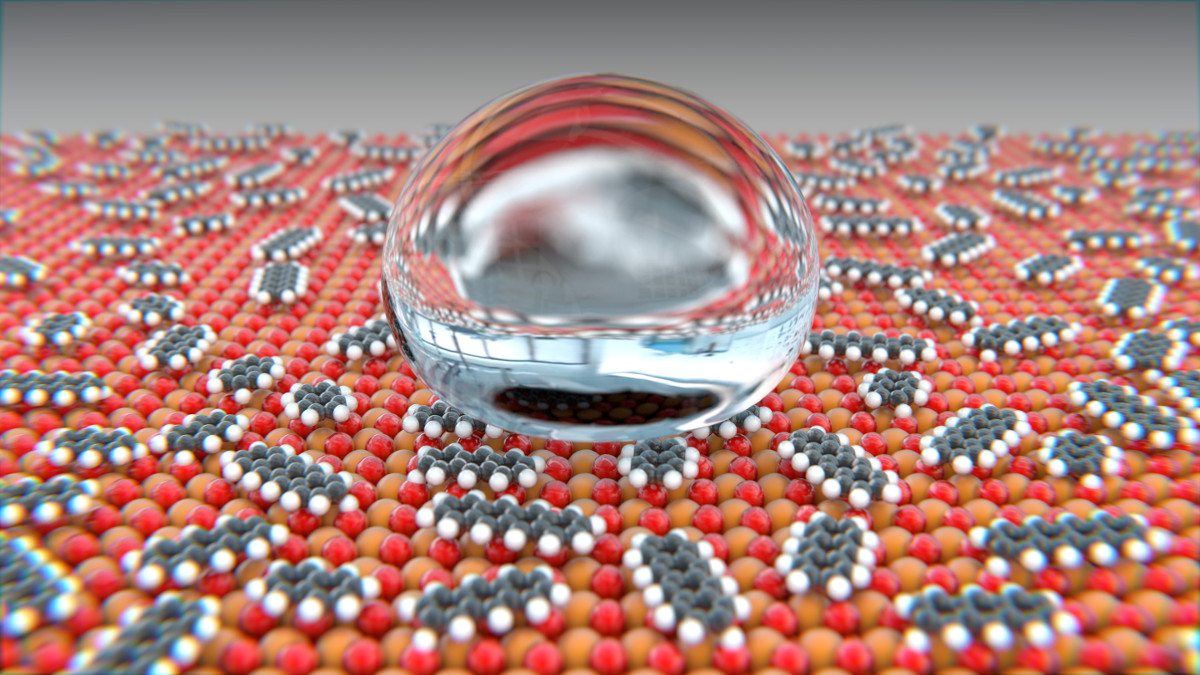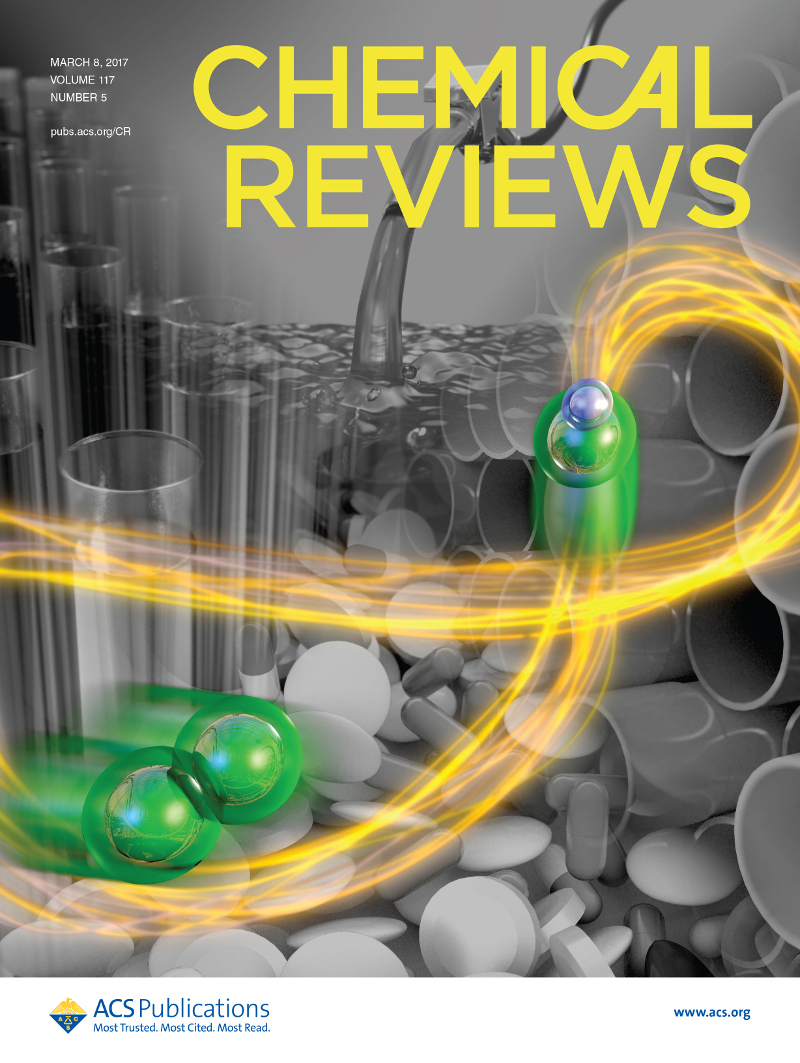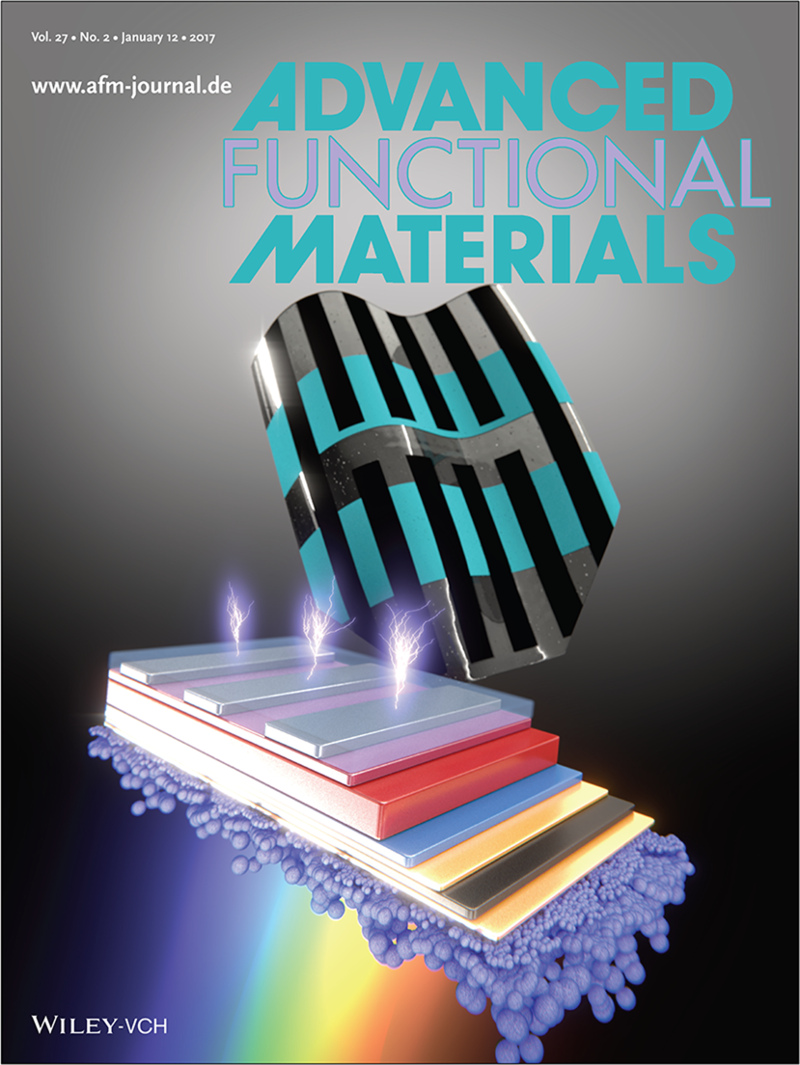One of those things that make you wonder “is this even possible?” while your jaw is still dropping.
Then Netherlands are funding the consortium BaSyC in order for them to build a synthetic biological cell. It is hard to foresee what new pieces of knowledge and technology this research will produce. But in the short term, by building a cell bottom-up, we will learn to understand the cell at its most fundamental level.

The BaSyC consortium includes the University of Amsterdam, the Radboud University, the University of Wageningen, the Vrije University of Amsterdam, as well as our old friends in TuDelft. Actually they were the one that contacted us to make this animation illustrating the process.
Click here if you want to know more about the project.
